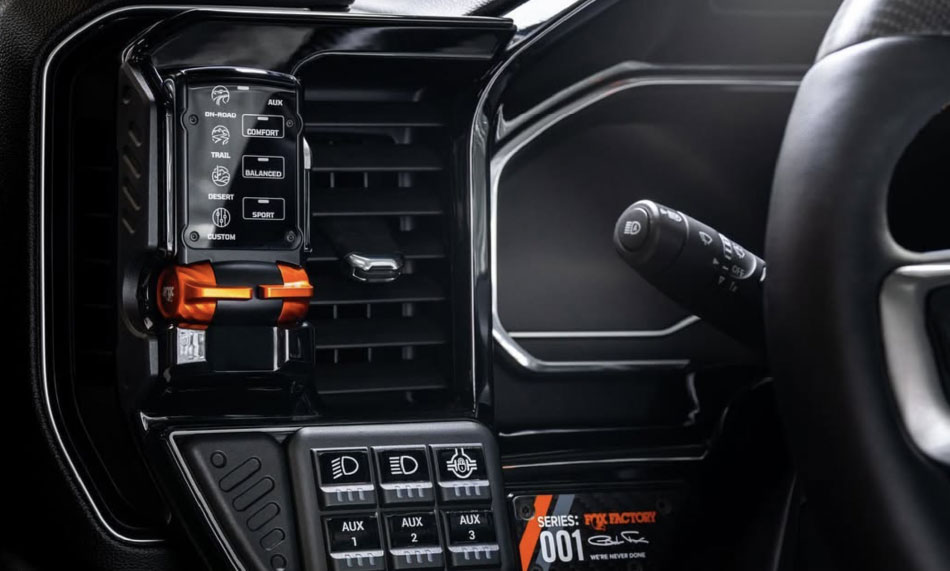Are you working to bring a product to market? Maybe you have the design and/or some prototypes completed, but let’s pause for a moment to discuss a critical consideration: has it been designed for manufacturability? This vital step, if skipped, can lead to the demise of even the greatest products.
What is Design for Manufacturing?
Design for Manufacturing (DFM) focuses on optimizing a product design for the process of manufacturing. When a product is designed with manufacturing in mind, steps are made early in the development process to reduce waste, optimize cost, and improve quality. Details such as material selection, manufacturing processes, ease of assembly, potential manufacturing limitations, and supply chain challenges are some of the factors that must be considered prior to production.
Here are some of the top benefits that a design focused on manufacturability can deliver:
Optimized Bill of Materials (BOM)
The BOM should be reviewed for opportunities to reduce the number of parts, identify components that are obsolete or close to obsolescence, implement standardized parts, and use common components used in your other products. Reducing the number of parts will also reduce engineering, manufacturing, assembly and shipping costs.
For example, do the fasteners on your BOM represent more than 10% of your BOM cost? If so, perhaps your BOM needs to be reworked before heading into manufacturing. A product development engineer can assist you in identifying issues such as this so that you don’t waste your investment on an overpriced and over designed product.
Reduced Shipping Costs
In addition to requiring fewer parts, the design should be reviewed for opportunities to optimize the overall footprint to help reduce shipping and warehousing costs.
Streamlined Assembly
DFM enables you to design a more efficient assembly process by reducing weight, size, and complexity, leading to reduced labor and assembly costs. Reduced design complexity offers the opportunity to automate assembly and also minimizes opportunity for human error.
Lower Manufacturing Costs
Optimized BOM, reduced shipping costs, and streamlined assembly all work together to lower manufacturing costs. A DFM can also uncover potential issues in a design before it hits production and prevent costly changes late in the manufacturing process.
Consistent Design
Streamlining the assembly paired with parts designed to be consistently produced will allow engineers to simplify assembly, which will achieve a consistent product with repeatable quality.
If you already have a prototype of your product - that's great! You've proven out the concept, which is an important part of the product development journey. When you're ready to move to production, it's important to make sure your product is designed for manufacture. Hatch is here to help! Get in touch with our team today.


